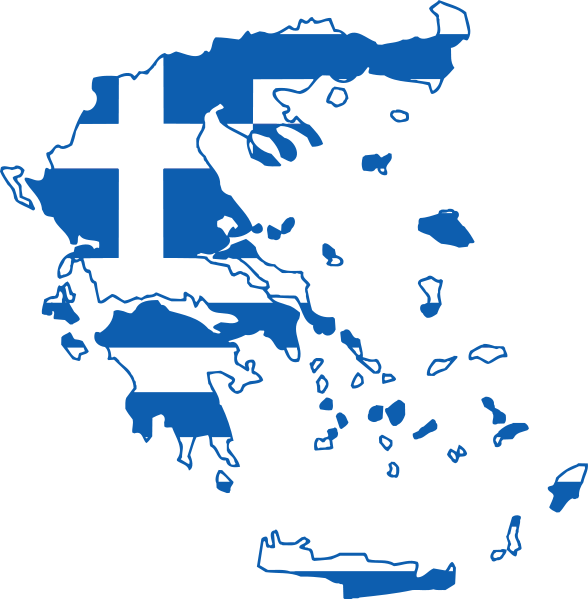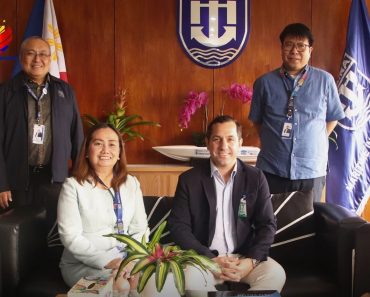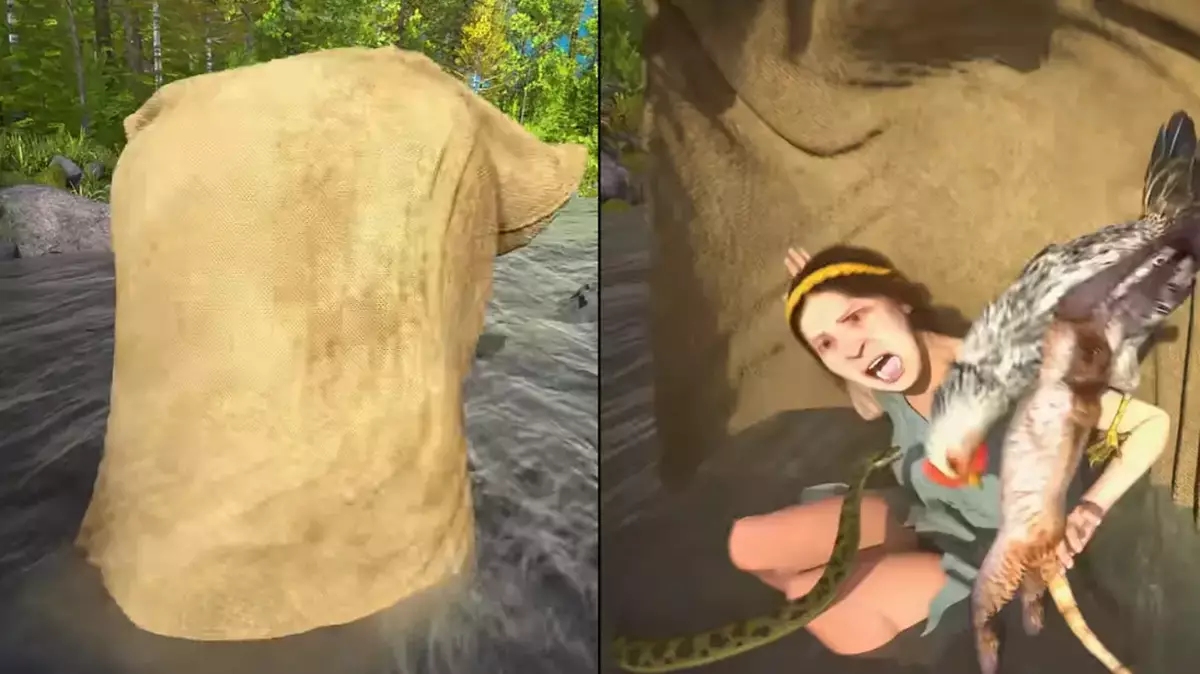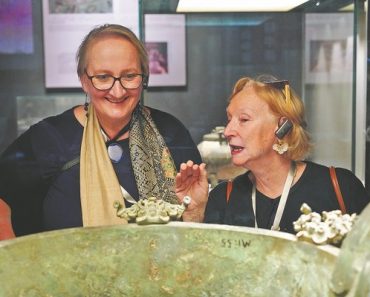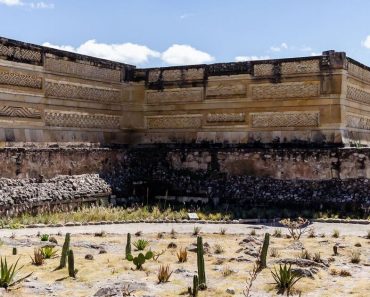For the first time, over 80 objects recovered from the renowned Antikythera Shipwreck are being showcased at the Aikaterini Laskaridis Foundation in Piraeus. The exhibition highlights rare artifacts uncovered during the 2012-2024 underwater excavations.
The Antikythera Shipwreck, famous for its mysterious mechanism and its rich cargo, was discovered 124 years ago and remains one of the most significant underwater archaeological sites. This discovery marked the beginning of underwater archaeology in Greece, revealing a treasure trove of cultural heritage hidden beneath the sea.
After six years, the Aikaterini Laskaridis Foundation is once again presenting artifacts from the shipwreck, providing the public with a rare opportunity to view these remarkable objects, including the famous Antikythera mechanism.
Exhibition highlights: Human remains and everyday life at sea
The exhibition is organized in sections across the foundation’s historical library. The first room displays parts of the ship and its rigging, while the lobby showcases exhibits related to the shipwreck’s passengers and their life on board. The main hall features objects from the ship’s cargo.
Noteworthy among the exhibits are parts of human bones, which offer insight into the lives of those who were aboard the ill-fated vessel. Items such as pipe fragments, olive pits, and pillar remnants give a glimpse into the daily life of those on the ship.
The exhibition also showcases fascinating artifacts uncovered during 12 years of excavations, including bronze rings for sail management, lead anchor rings, and hull handkerchiefs. These items help to illuminate the ship’s rigging and the trade routes it followed. The cargo includes spears, amphorae, ceramics, metal objects, jewelry, and glassware, revealing trade connections with major ports like Kos and Rhodes.
Among the exhibition’s standout pieces are oversized marble and bronze statues, including a marble head of Hercules, believed to have been part of a headless Farnese-type statue now housed in the National Archaeological Museum. This statue was recovered in 1901 by sponge divers from Symi.
Interactive educational experiences for all ages
The exhibition is complemented by a color catalog, guided tours, and educational workshops organized by the Aikaterini Laskaridis Foundation. Special interactive sessions are available for children aged 10-14, offering them the chance to explore Greek shipwrecks and maritime archaeology through hands-on activities, digital tools, and group exercises, allowing young visitors to learn how archaeologists uncover ancient treasures.
Last year, a team of Swiss and Greek archaeologists unveiled new and exciting finds at the Antikythera shipwreck site in the southeastern Peloponnese, further enriching our understanding of this historical discovery.
Follow GTP Headlines on Google News to keep up to date with all the latest on tourism and travel in Greece.
